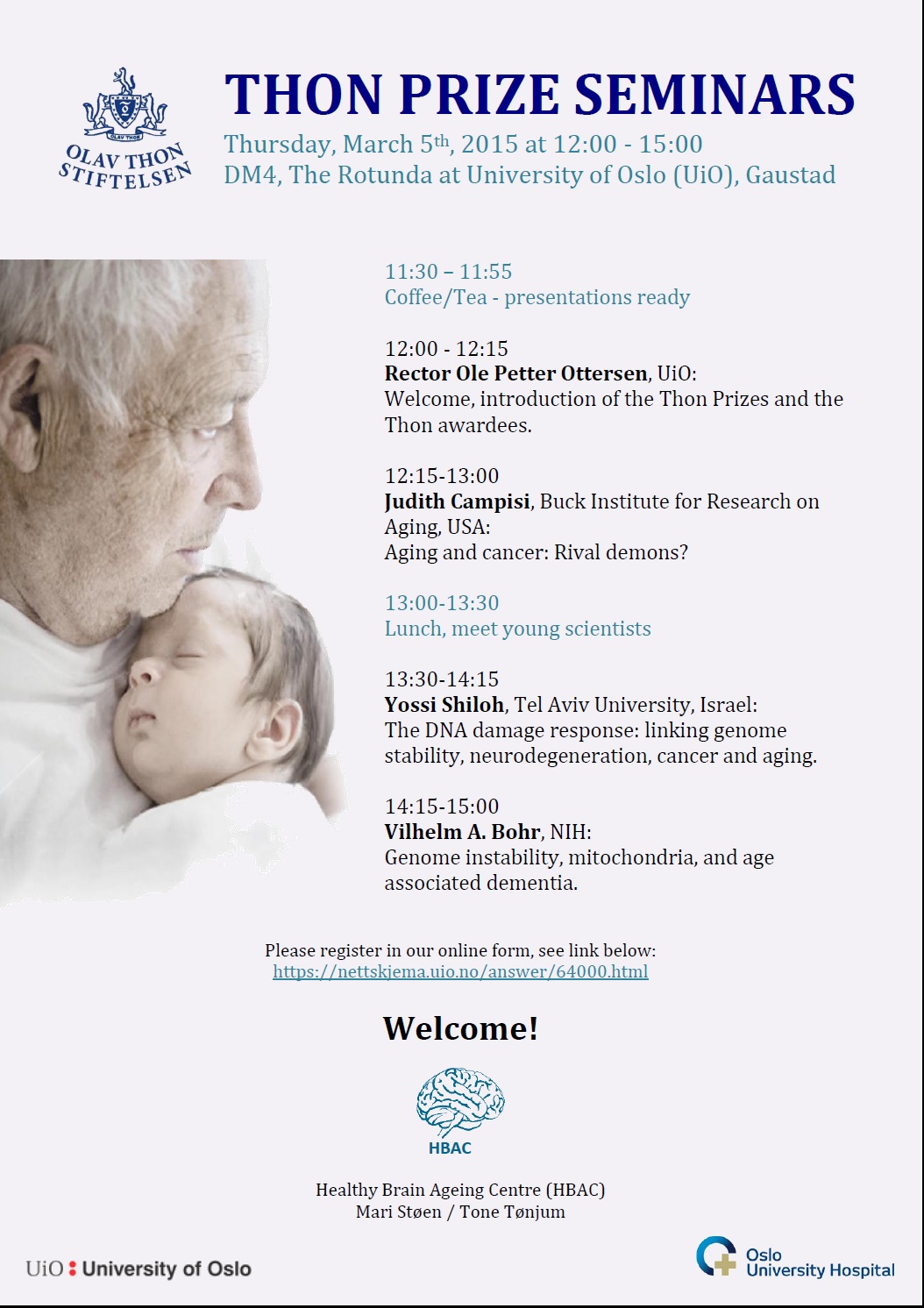News New publication: Altered DNA base excision repair profile in brain tissue and blood in Alzheimers disease
|
Abstract Background: Alzheimer’s disease (AD) is a progressive, multifactorial neurodegenerative disorder that is the main cause of dementia globally. AD is associated with increased oxidative stress, resulting from imbalance in production and clearance of reactive oxygen species (ROS). ROS can damage DNA and other macromolecules, leading to genome instability and disrupted cellular functions. Base excision repair (BER) plays a major role in repairing oxidative DNA lesions. Here, we compared the expression of BER components APE1, OGG1, PARP1 and Polβ in blood and postmortem brain tissue from patients with AD, mild cognitive impairment (MCI) and healthy controls (HC). Results: BER mRNA levels were correlated to clinical signs and cerebrospinal fluid biomarkers for AD. Notably, the expression of BER genes was higher in brain tissue than in blood samples. Polβ mRNA and protein levels were significantly higher in the cerebellum than in the other brain regions, more so in AD patients than in HC. Blood mRNA levels of OGG1 was low and PARP1 high in MCI and AD. Conclusions: These findings reflect the oxidative stress-generating energy-consumption in the brain and the importance of BER in repairing these damage events. The data suggest that alteration in BER gene expression is an event preceding AD. The results link DNA repair in brain and blood to the etiology of AD at the molecular level and can potentially serve in establishing novel biomarkers, particularly in the AD prodromal phase.
|
 |
| http://molecularbrain.biomedcentral.com/articles/10.1186/s13041-016-0237-z | |








